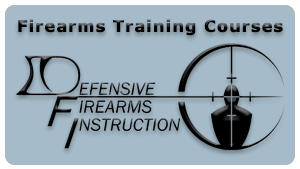Importance Of Dry Fire Practice
Training is critical for anyone who carries for personal protection.
I have covered multiple aspects of the importance of previous articles, from the liability aspect to the personal responsibility aspect.
There is one other aspect of training that is just as important that needs to be addressed, and that is dry fire practice.
There are more options than just going to the range for training, and all too often I hear people tell me that they don’t get the range time that they should simply because they don’t have the time to get out to the range.
I get it, life gets busy, we have work and home life that we juggle and schedules can get hectic.
Thankfully training is not solely limited to the range, dry fire practice can dramatically increase proficiency and we can do this at home as long as we are paying attention to the cardinal firearms safety rules.
If you are going to start practicing dry fire training, it is advisable to do so away from any distraction and in a room where there is no live ammunition.
I recommend getting some snap-caps, which can be relatively cheap to purchase.
It is also advisable to have a good backstop that will stop a round just in case live ammunition finds its way into the firearm.
A good way to do this is could be to tape a couple of phone books together and keep the muzzle pointed towards that backstop.
Another possibility would be to utilize body armor and keep the muzzle pointed towards that as a backstop.
When I do see people training, I find that too many people only pay attention to the marksmanship part of their training when they are lacking in other areas.
I push to get at least a few hours a week on dry fire training from home.
The first thing I recommend working on is your draw.
I typically do 15 minutes of practicing my 4 step weapon presentation drill a few days per week.
I also spend 15 to 20 minutes working on my trigger control and reset drills.
From there I work on my draw to threat with trigger control on a mini target while ensuring that my fundamentals are on the spot.
I recommend taking some time to work on malfunction drills utilizing the snap caps as well.
By taking the time to practice in dry fire during off time, will help to identify any deficiencies, and help build more proficiency on the range during live-fire training or in a defensive situation.



